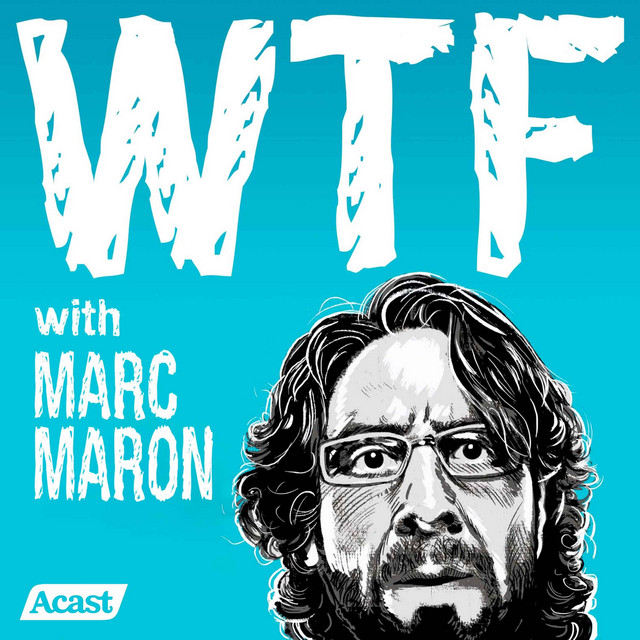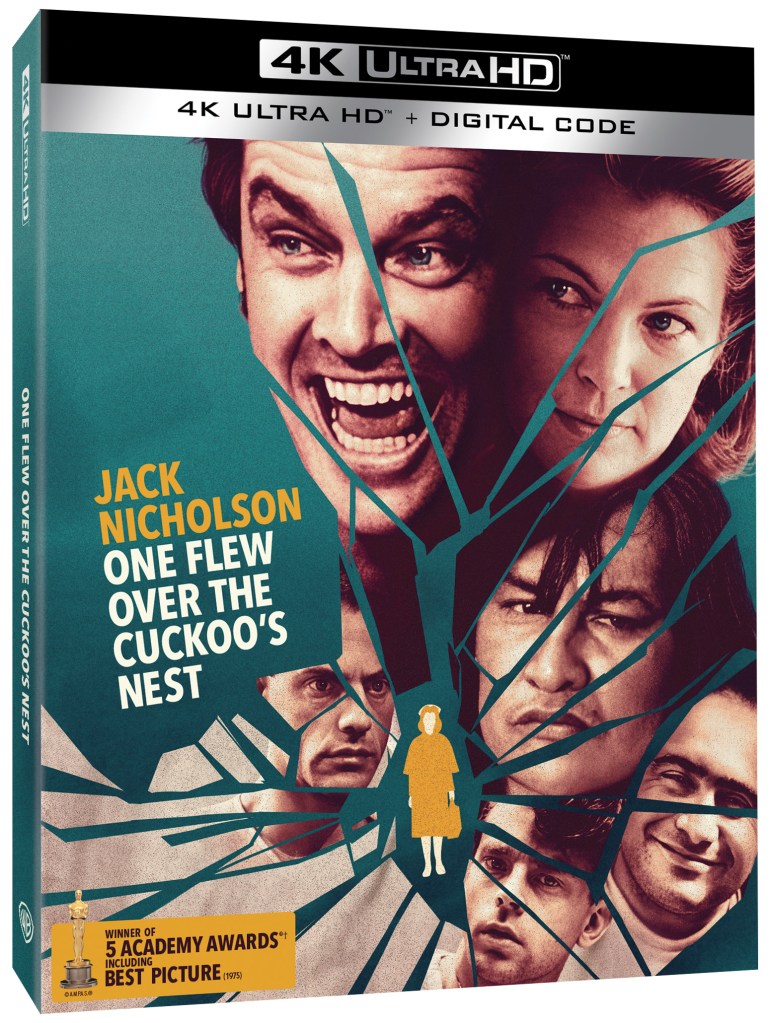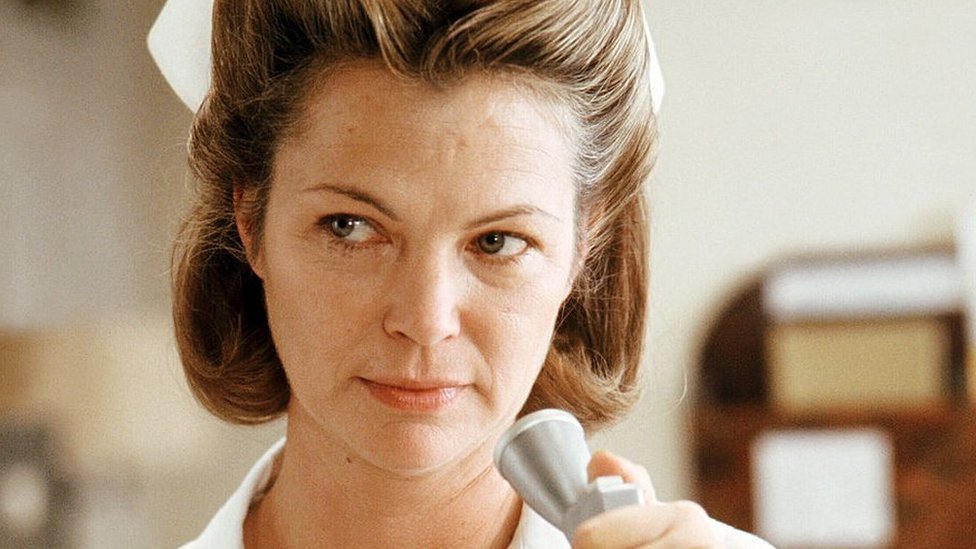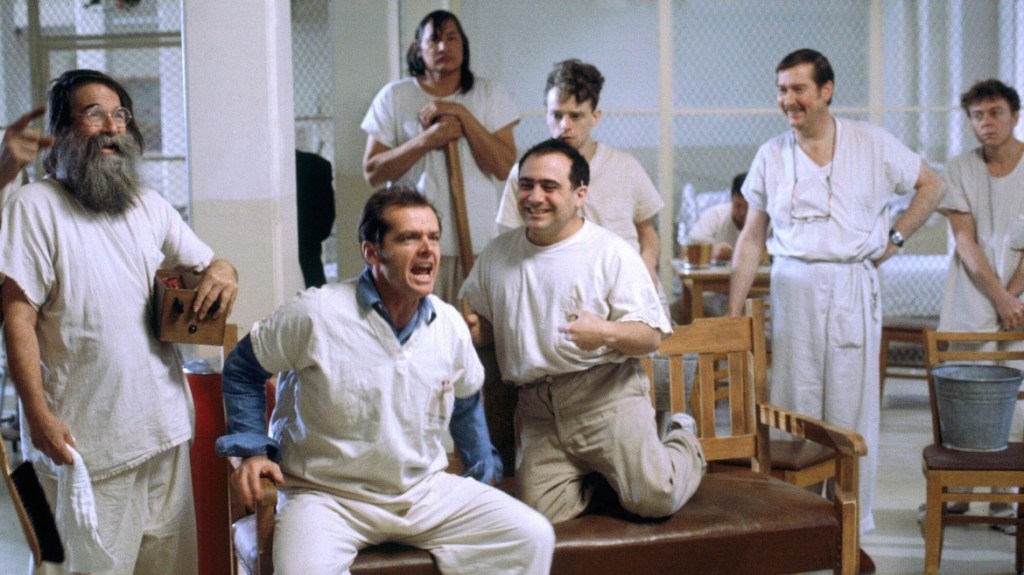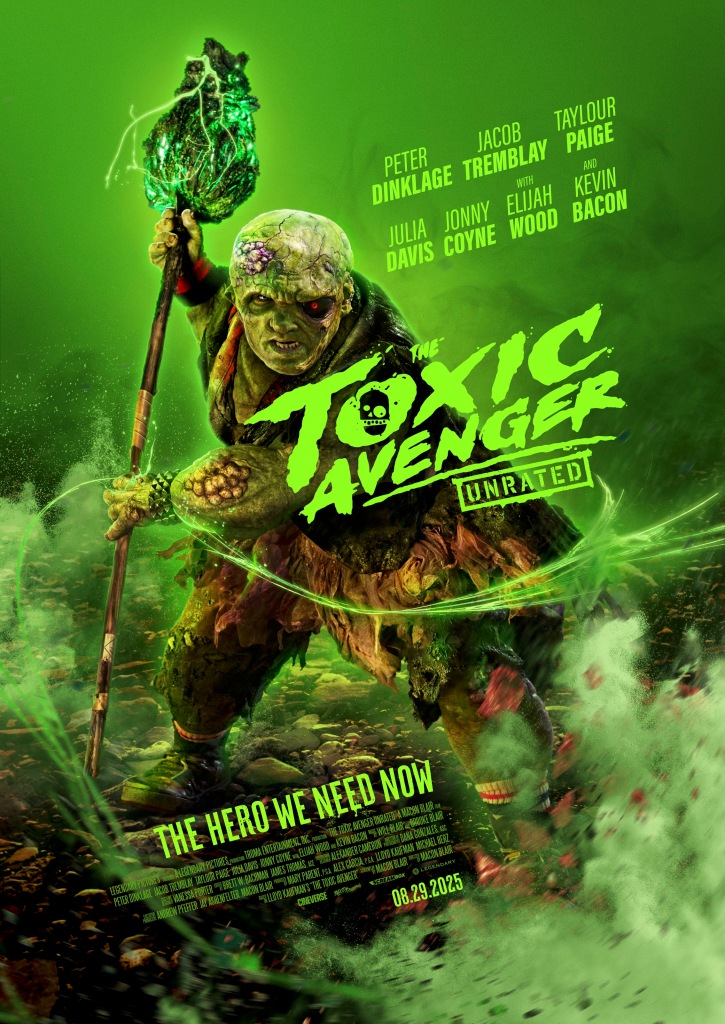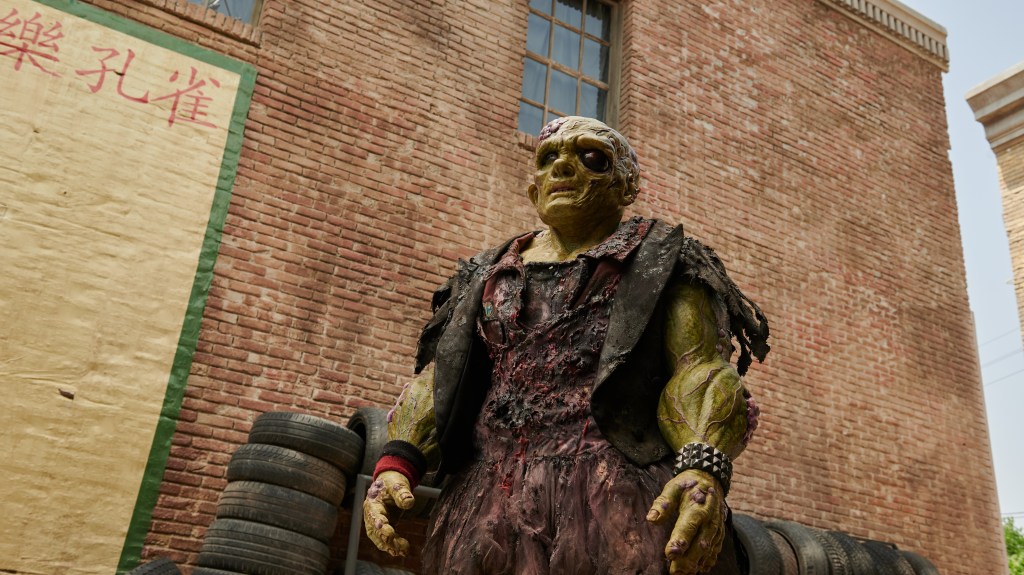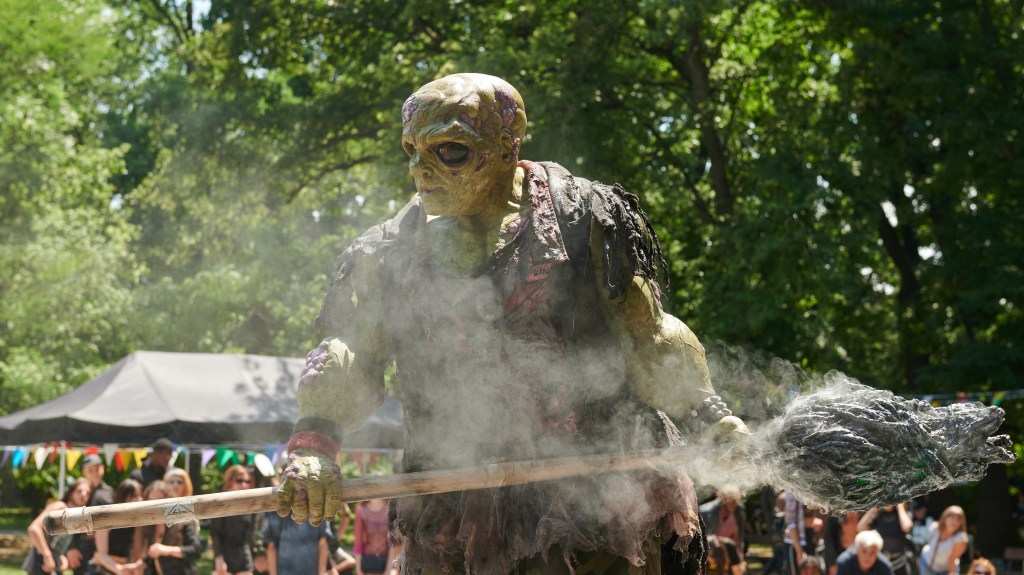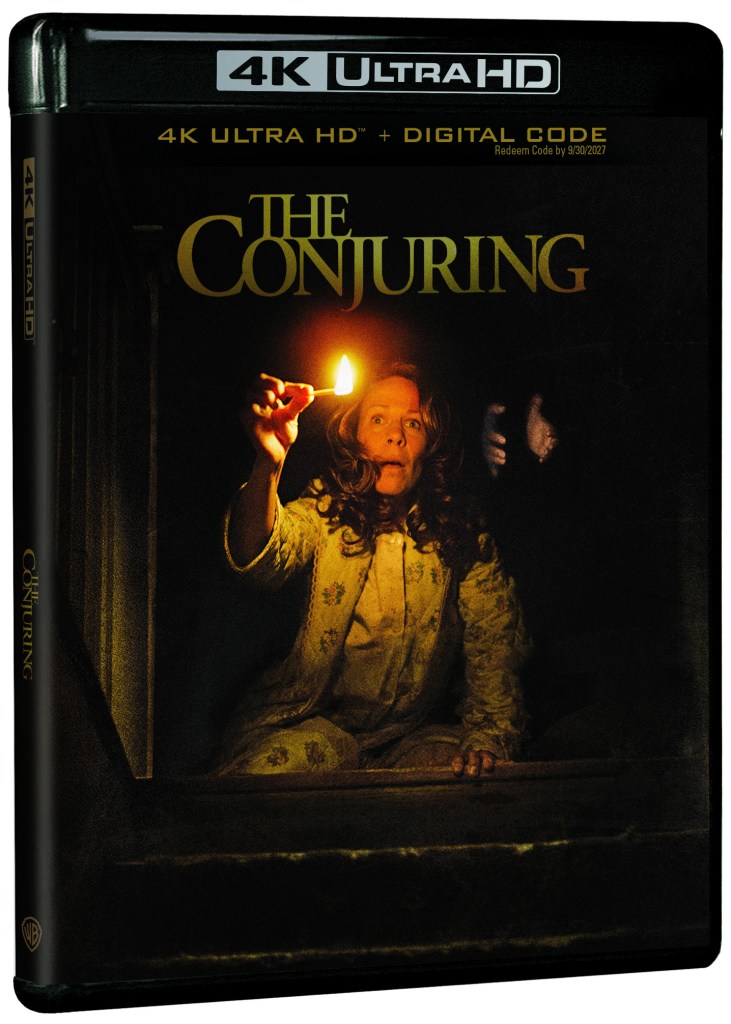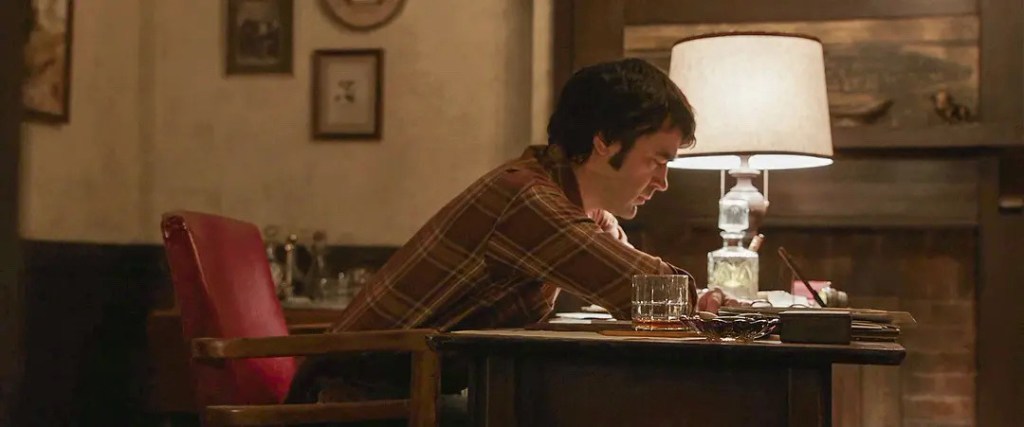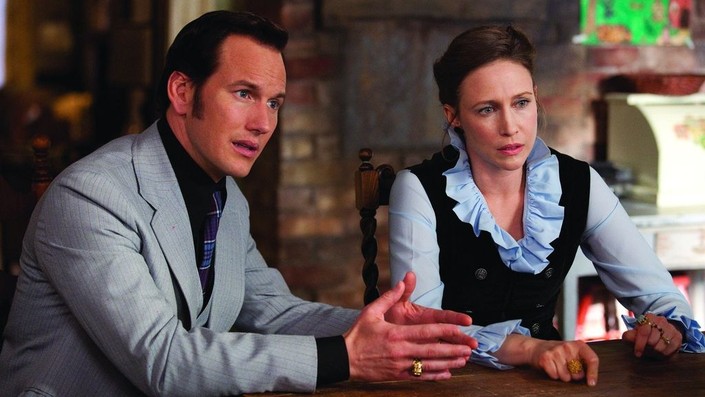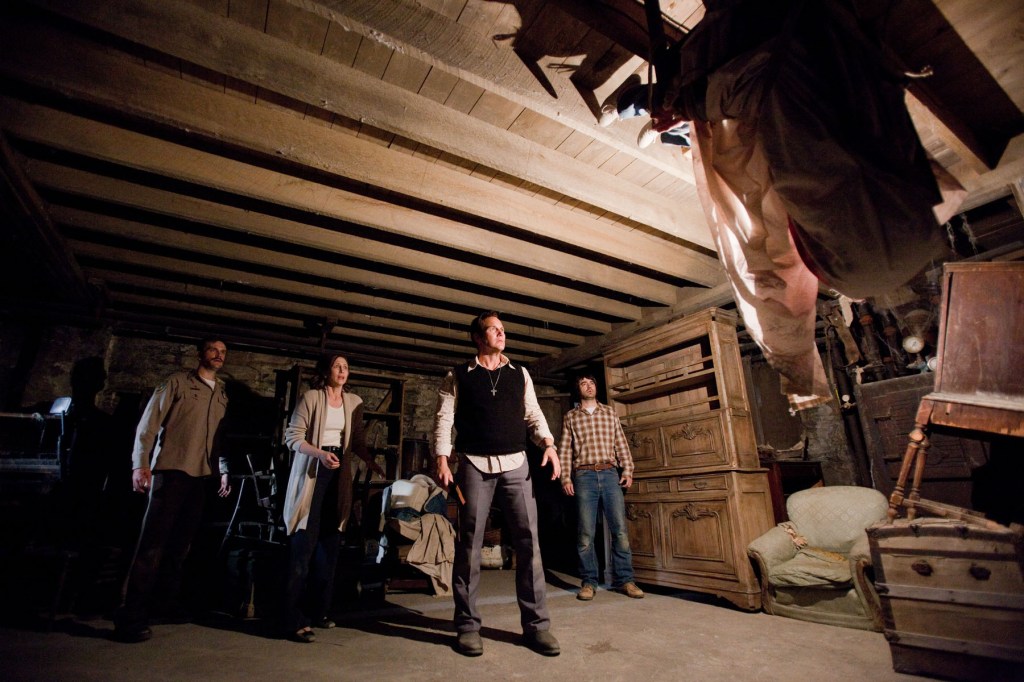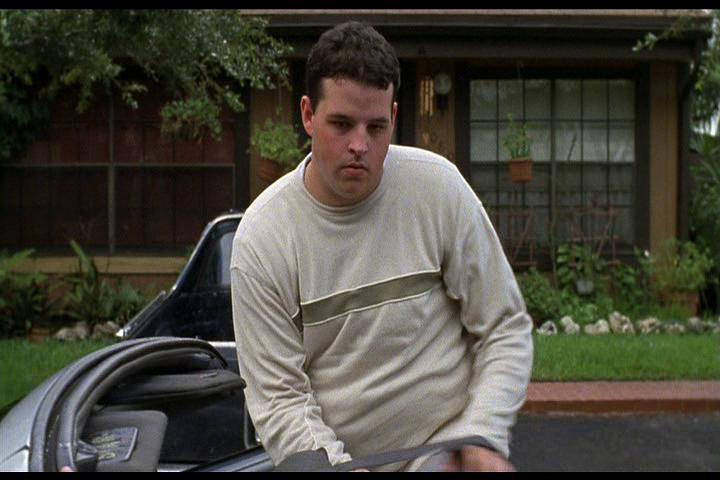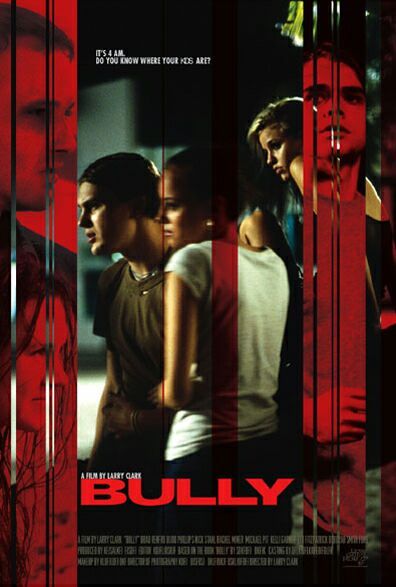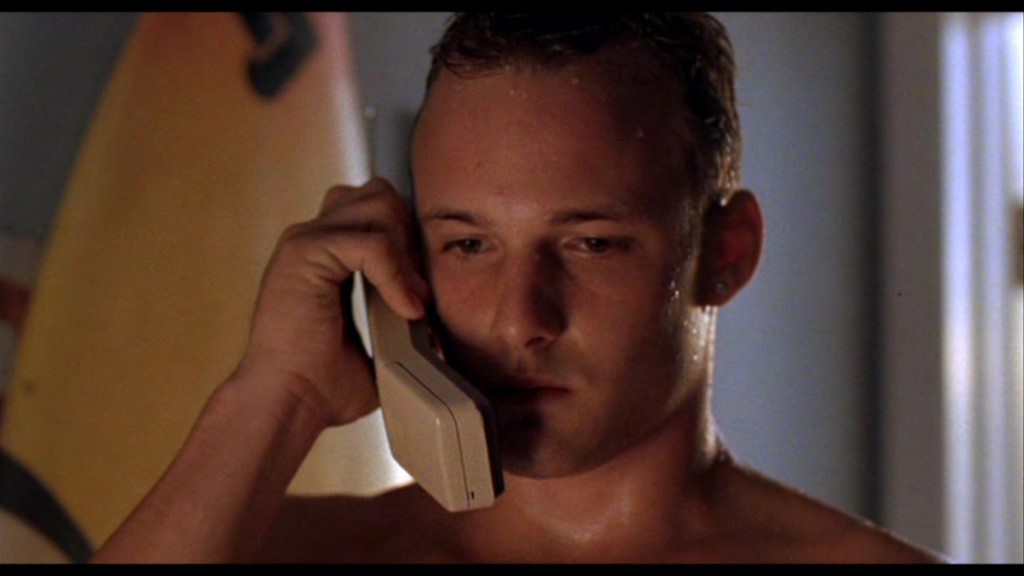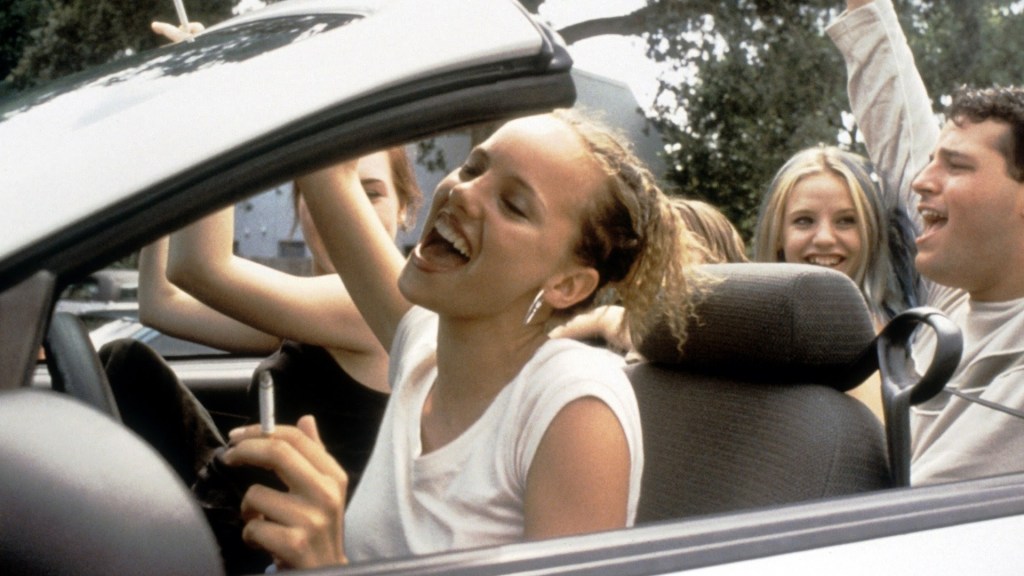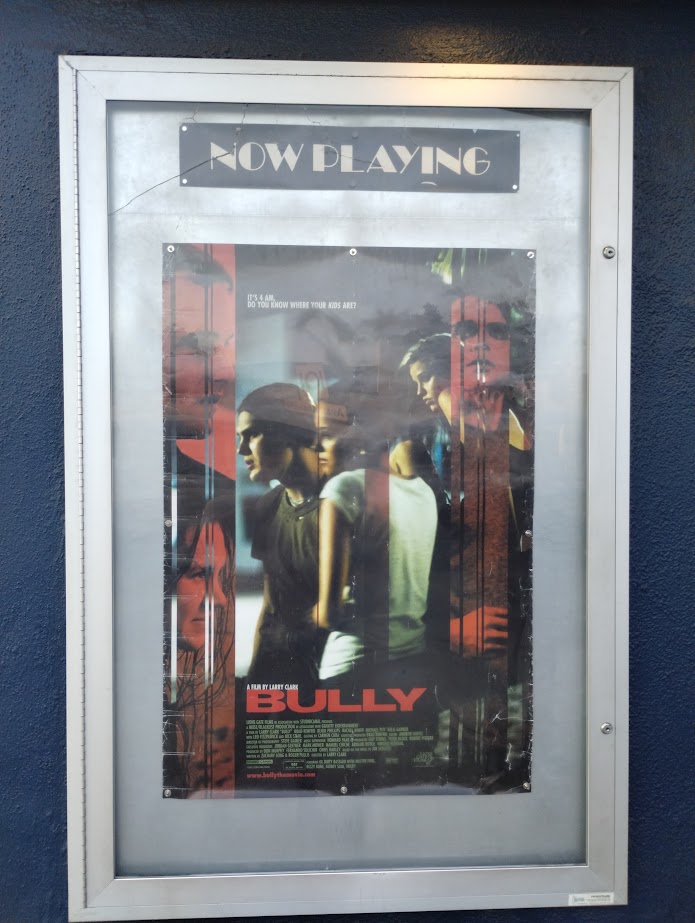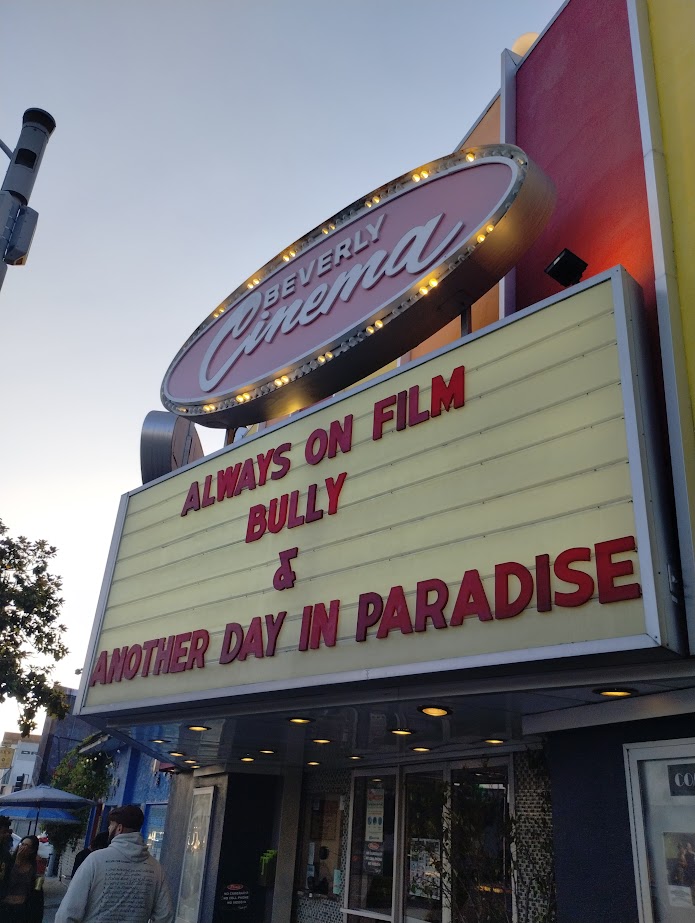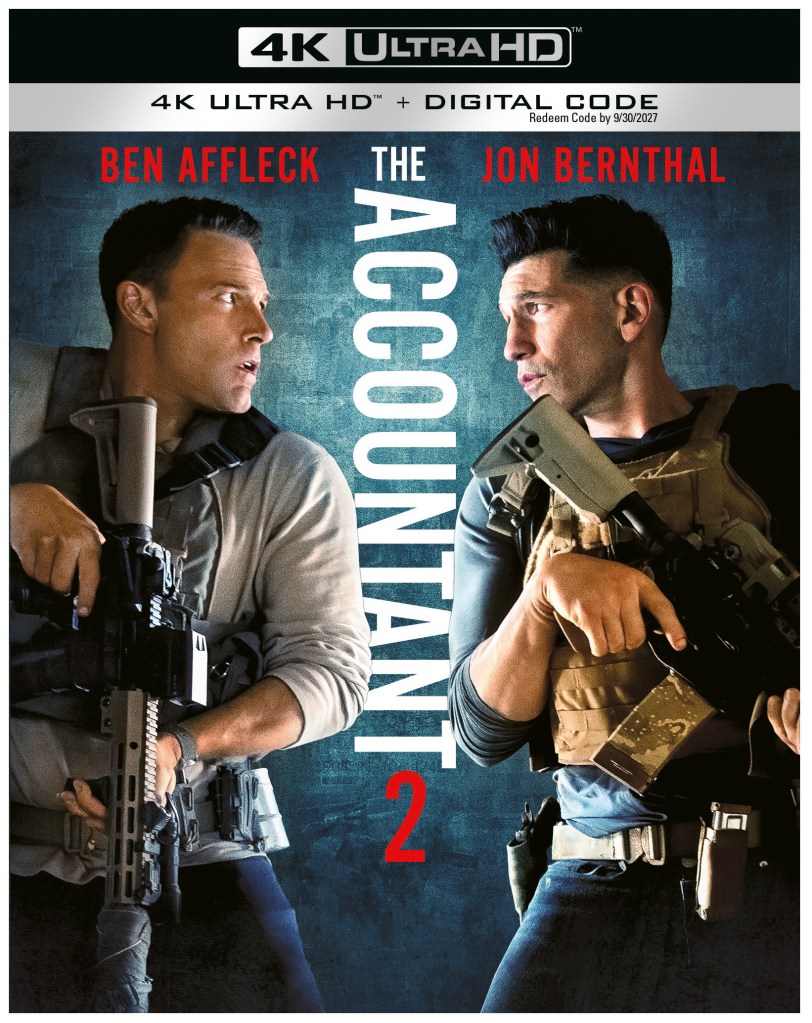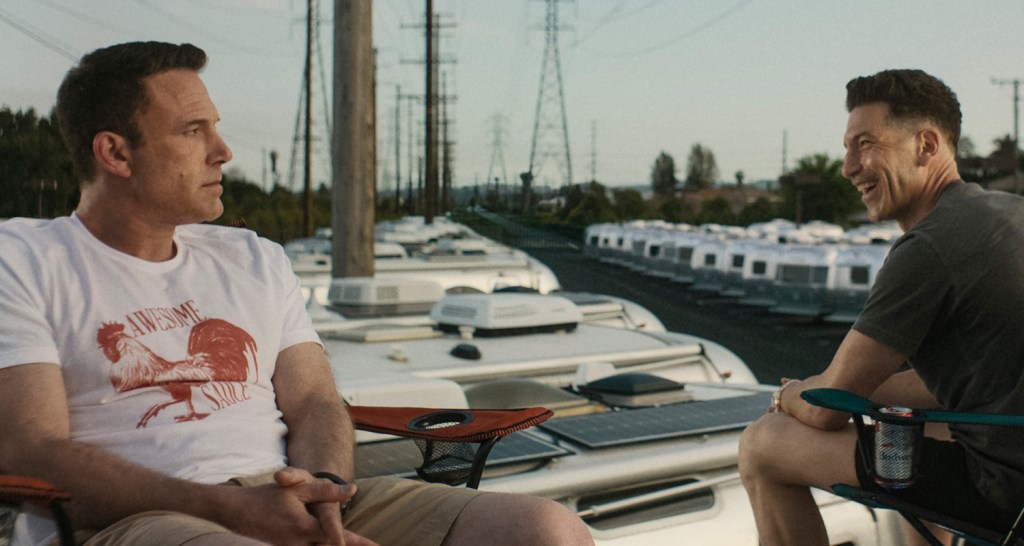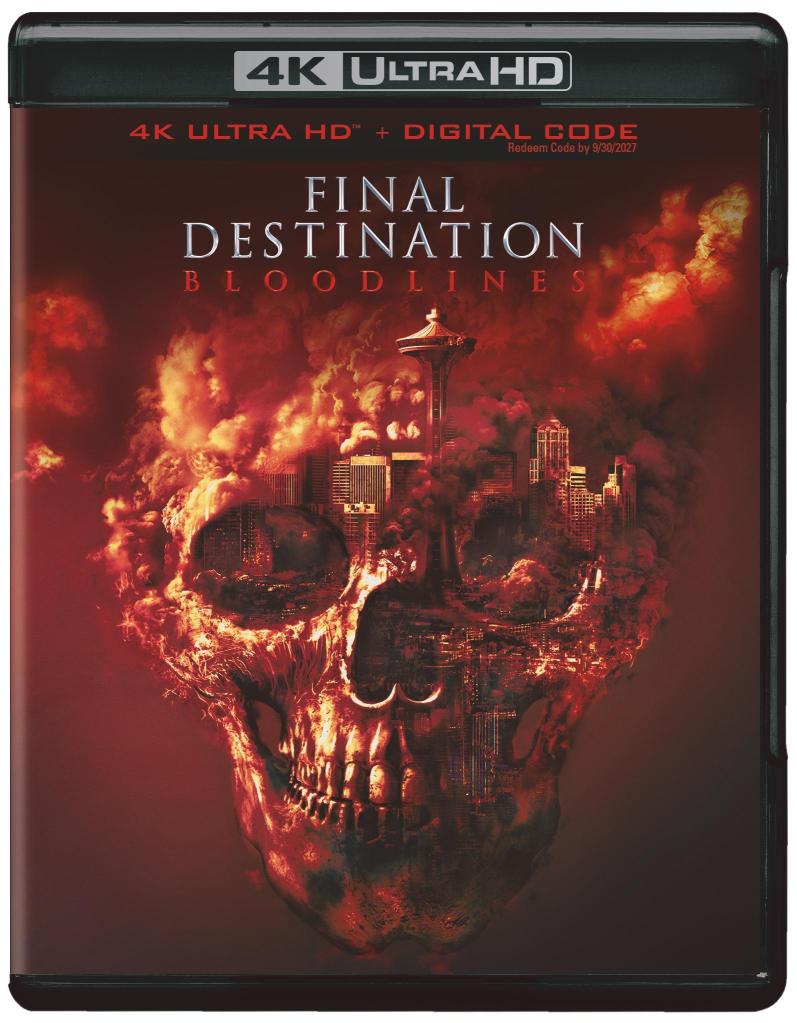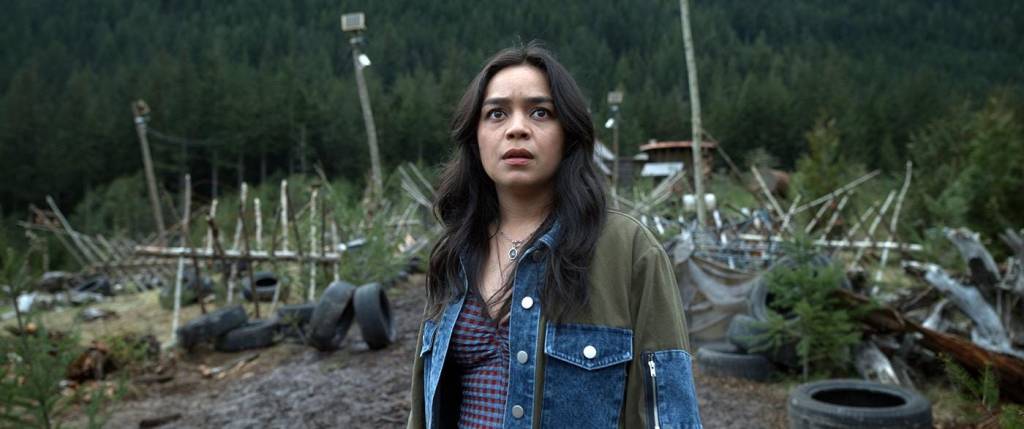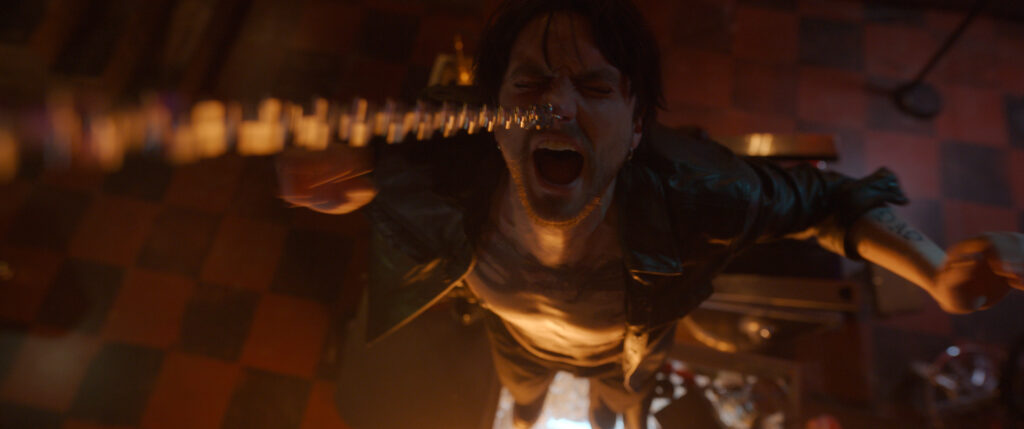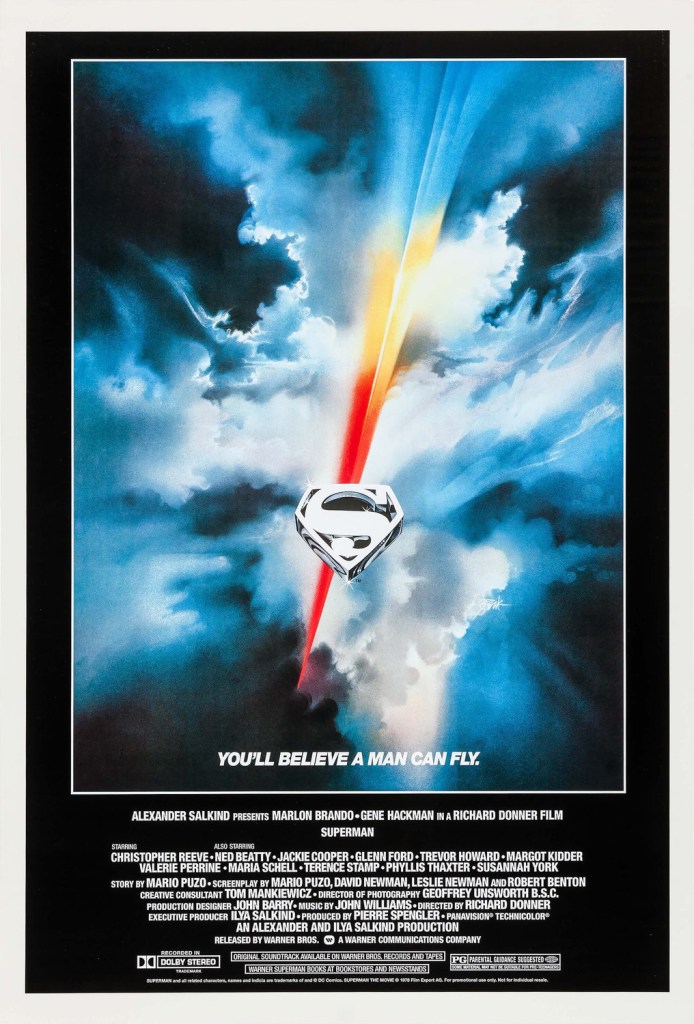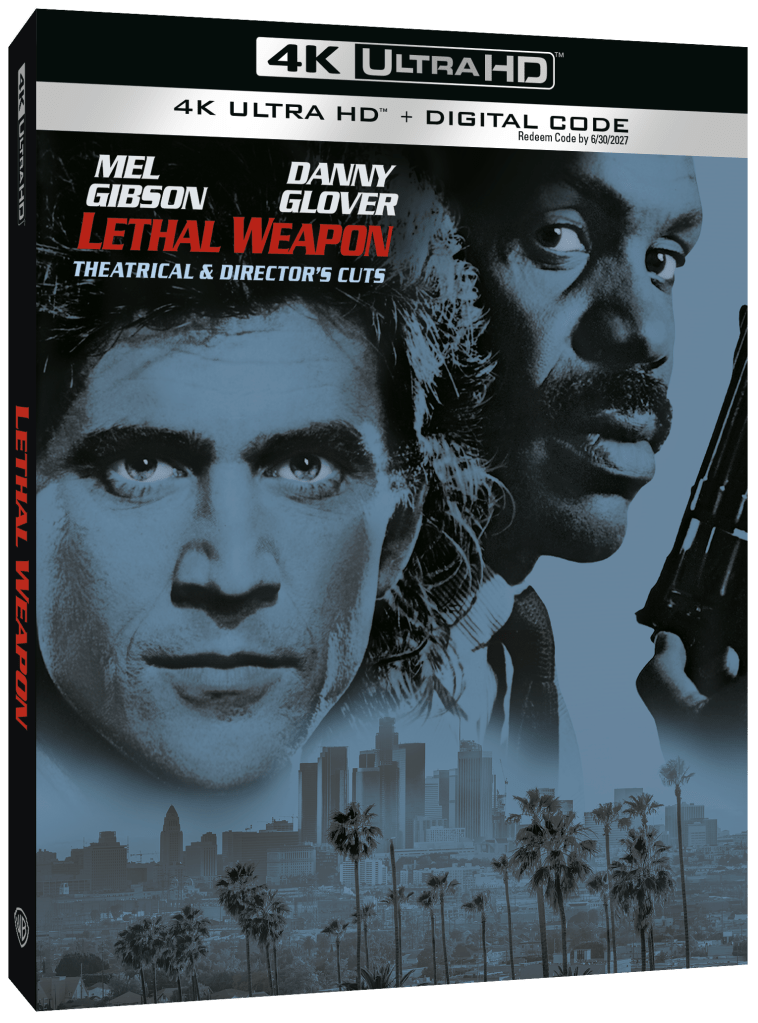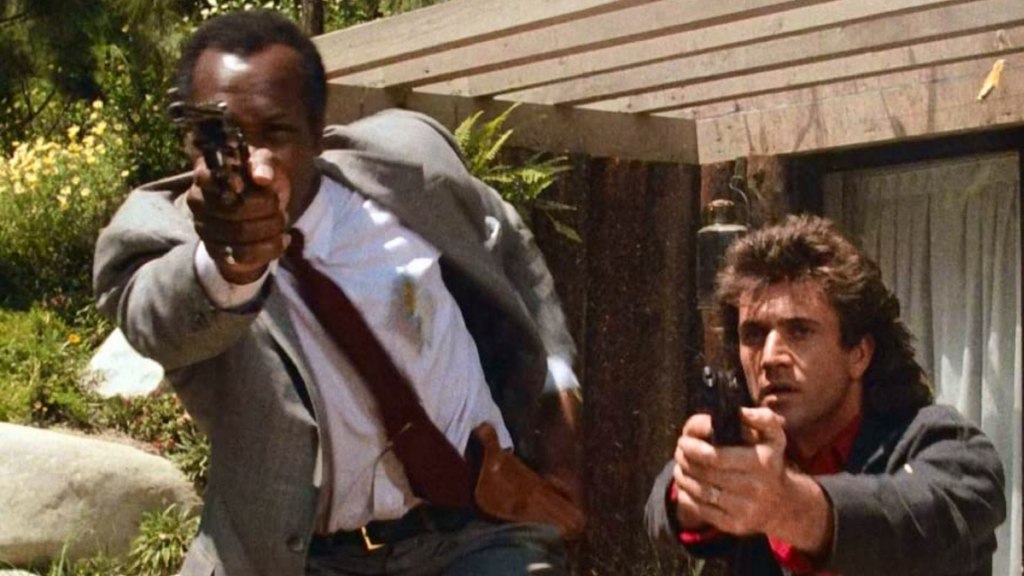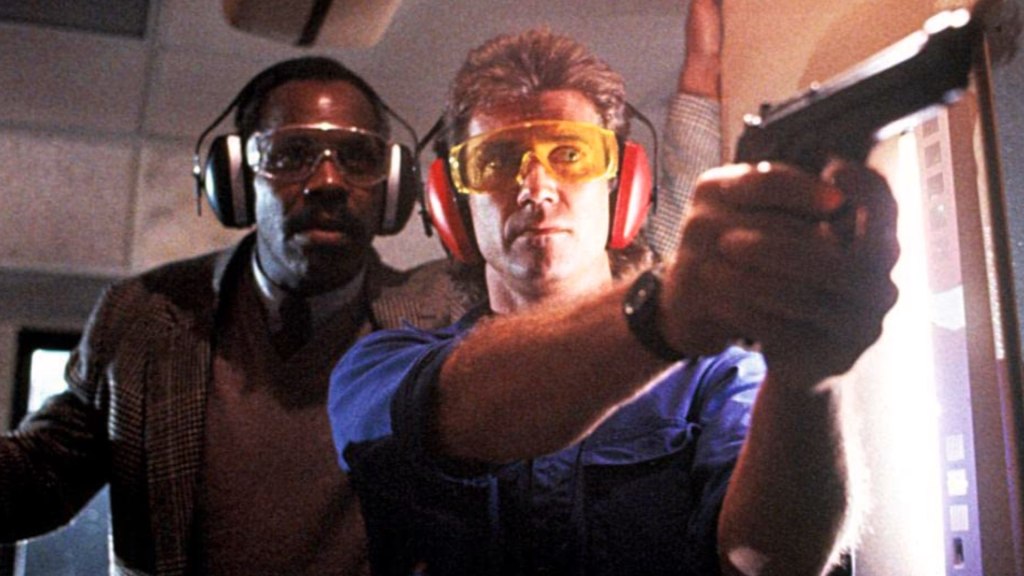‘The Conjuring: Last Rites’ Movie and 4K Review
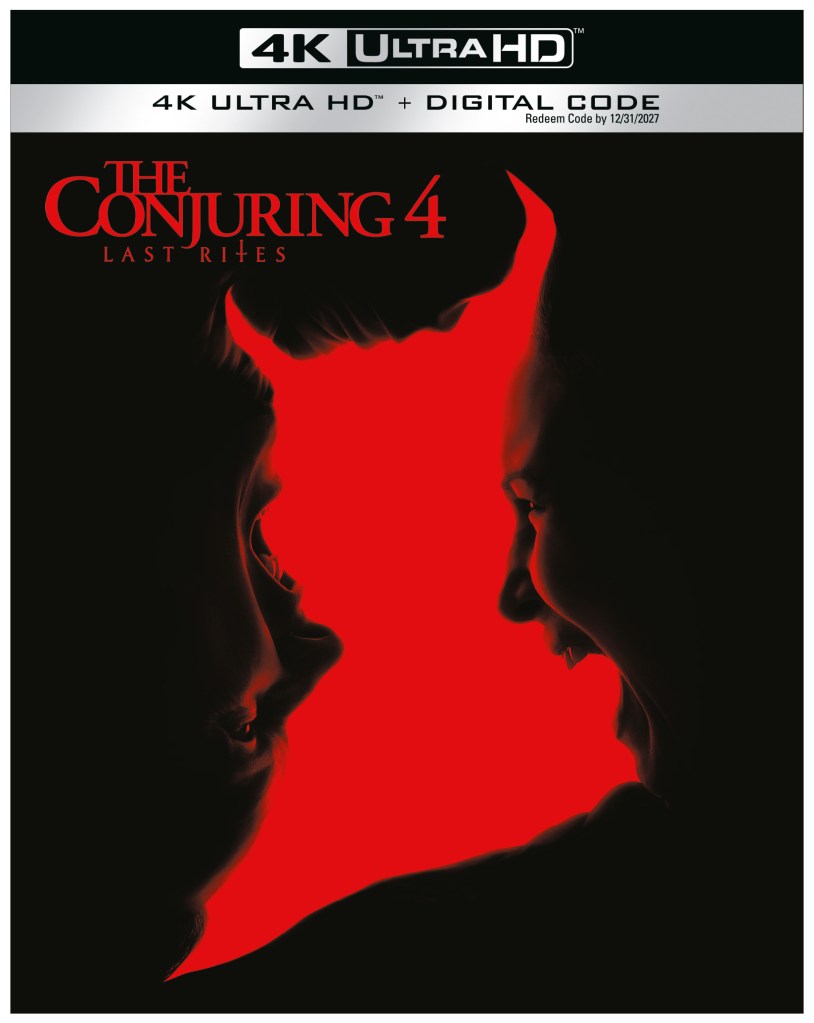
The following review was written by Ultimate Rabbit correspondent, Tony Farinella.
“The Conjuring: Last Rites” is the final film in “The Conjuring” franchise, which has been wildly popular and a staple in the horror genre since the first film was released in 2013. In total, it is the ninth film in “The Conjuring” universe, which also includes the two “Nun” films along with three “Annabelle” films. While not all of them have been home runs, there is a certain style and craftsmanship that goes into the films which is hard to ignore. Most of all, the films are powered by the powerful performances of Patrick Wilson and Vera Farmiga as Ed and Lorraine Warren, the paranormal investigators who love helping those in trouble, but not as much as they love each other. They are the lifeblood of these films. Without them being the emotional compass, the films would simply be ghost stories with some jump scares here and there.
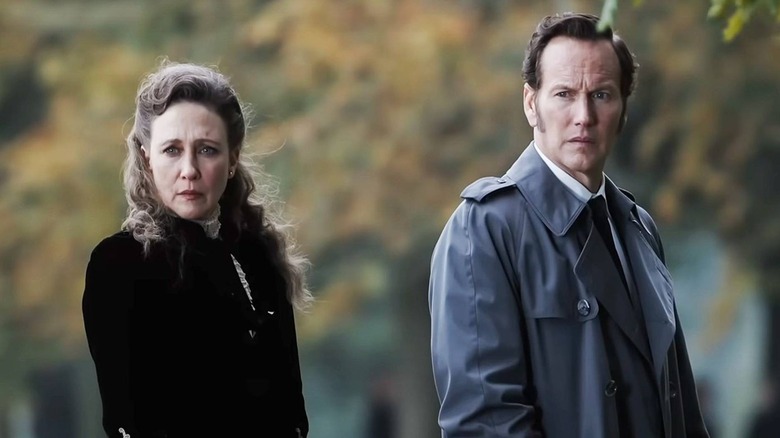
This film opens in 1964, as Ed and Lorraine Warren are investigating a mysterious murder at an antique shop while Lorraine is pregnant. While there, she comes across a mirror which holds ominous and sinister forces within it, which almost causes her to lose her child, Judy, during childbirth. Fast forward to two decades later, and Judy (Mia Tomlinson) is in a relationship with a former police officer named Tony (Ben Hardy), and they are on their way to meet up with the Warrens for Ed’s birthday party. Ed and Lorraine are in semi-retirement because of Ed’s heart, and they mostly are giving tours on college campuses, which are usually met with jokes about the Ghostbusters. They are struggling to find their purpose in life without being full-time paranormal investigators. Ed has the itch to get back into things, but he needs to look out for his health and slowdown, which isn’t coming naturally to him.
Meanwhile, in Pennsylvania, the Smurl family, which includes the husband, wife, four daughters and two grandparents, are starting to have some real challenges after they come across a haunted mirror that was given as a gift to one of the daughters after her first communion. At the same time, Judy is starting to have visions, the same ones she had when she was younger. Her mother tells her to block them out, but that’s becoming harder to do each and every day. It won’t be long before the Warrens and the Smurls are forced to confront their problems and figure out how they are connected to each other and how they can fix them. If they don’t, it may be fatal for all parties involved.
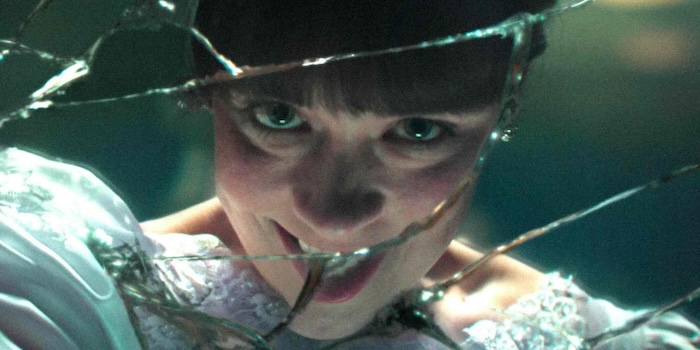
“The Conjuring: Last Rites” is directed by Michael Chaves, who is no stranger to this franchise, having directed the previous “Conjuring” film along with “The Nun 2.” He’s a talented director, and he knows how to create an atmospheric film that is moody and ominous, and he shows off the time and place in which it is set. Chaves knows how to create haunting horror imagery on screen, but he doesn’t quite know how to make it all pay off in the third act. It also doesn’t help that the film is two hours and fifteen minutes, which makes it the longest film in “The Conjuring” universe. While it held my attention for a very long time, the payoff didn’t feel satisfying. It left me feeling like the film ended on a flat and rather unremarkable note. All of the performances are top-notch, especially from Wilson and Farmiga. They know how to bring humor, pathos and intelligence to the film.
Overall, this is a case of trying to create the same magic time and time again, but sometimes it simply isn’t there. By no means is this a bad film, but it doesn’t have the impact or power it should have, especially considering this is the final film in this franchise. Of course, they can always do more “Annabelle” or “Nun” films, but as far as “The Conjuring” franchise, this is the end. However, you can’t always believe that when it comes to horror films, especially considering the money this one made. It is entertaining and made with style, but it doesn’t know how to wrap things up in a concise and efficient manner. By the time the shit hits the fan, the film has overstayed its welcome. These films are best when they are about one hour and forty-five minutes, or maybe two hours. Anything longer than that, and they are overstaying their welcome. There is no need for this film to be two hours and fifteen minutes. There are certain scenes which feel like they would have been better as deleted scenes instead of being included in the final cut.
“The Conjuring: Last Rites” is a film I enjoyed watching until I started to become disinterested and restless by what was happening on screen. I liked a good majority of it, but as stated previously, it really falls apart in the third act. It had a feeling of “been there, done that.” The strong points include the performances of its two leads, the direction of Michael Chaves, and the overall style and look. Its weaker points include its length and its ending. I was happy to have watched it and it’s a fun horror movie, but it didn’t have the sense of urgency and power of the previous installments in this franchise.
* * ½ out of * * * *
4K Info: “The Conjuring: Last Rites” is released on a single-disc 4K from Warner Bros. Home Entertainment. It comes with an impressive slipcover and a digital copy as well. It also comes in a steelbook version. It has a running time of 135 minutes and is rated R for bloody and violent content along with intense terror.
4K Video/Audio Info: The film comes with a Dolby Vision transfer, which looks perfect on 4K. The HDR really brings out the dark blacks of the film and creates a spooky experience watching it at home. The same is true of the Dolby Atmos track, which really pops during the jump scares which are sprinkled throughout.
Special Features:
Last Rites: An Era Ends – featurette
The Conjuring: Crafting Scares – featurette
Michael Chaves: Believer – featurette
Should You Buy It?
As I was watching “The Conjuring: Last Rites” with my wife for the first hour and a half, I was saying to her, “I’m really enjoying this movie. It has me on the edge of my seat, and the story is unfolding perfectly.” However, all of that good mojo started to fade in the rearview mirror by the time the film was wrapping things up with its third act. I started to become fatigued and disinterested in the conclusion of the story. It took a long time to get where they needed to go, and when they finally did wrap things up, it didn’t seem to matter much anymore. Still, this is an OK film that will play well on HBO Max or on streaming. I don’t think it’s the kind of film you need to run out and purchase right away, unless you want to own all four of “The Conjuring” films on physical media. I’m still waiting for the second film to hit 4K, which will hopefully be very soon. This film looks and sounds terrific on 4K, and I really liked the slipcover version of it. I really wanted to recommend it, but the ending was flatter than four o’clock.
**Disclaimer** I received a copy of this film from Warner Bros. to review for free. The opinions and statements in the review are mine and mine alone.

